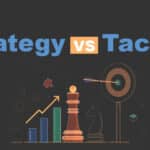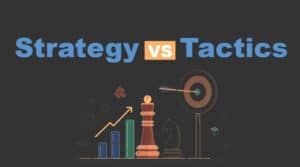
For years, the marketing funnel has been a trusted tool for business growth. It provided clarity, structure, and a reliable path—guiding prospects from awareness to purchase in a logical flow. Funnels helped countless businesses scale by optimizing each stage of the buyer journey.
And while funnels remain a valuable part of the marketer’s toolkit, the evolving customer landscape is inviting a new perspective—one that reflects the dynamic, interconnected nature of modern growth.
Why the Flywheel Approach Gains Momentum
The Flywheel Effect, championed by business strategist Jim Collins, offers a compelling model for sustainable growth. Unlike the linear path of a funnel, the flywheel represents a circular system, where every action feeds into the next—creating continuous momentum over time.
Here’s how it works:
- Customer experience excellence fuels customer advocacy
- Advocacy brings in organic referrals and trust
- Reduced acquisition costs lead to reinvestment in service quality
- Better experiences further increase customer satisfaction and loyalty
- And the wheel keeps spinning—with less friction, more force
The brilliance of the flywheel is not in replacing the funnel—it’s in enhancing the overall system by focusing on retention, referrals, and ongoing value creation.
Next: Building a Strategy That Accelerates Itself
To activate your business flywheel:
✅ Focus on delight at every touchpoint—not just the sale
✅ Align marketing, sales, and service around a shared vision of growth
✅ Use feedback loops to optimize processes that drive repeat and referral business
✅ Track momentum metrics—like Net Promoter Score (NPS), repeat rate, and time-to-value
Think of it as shifting from campaign-based thinking to ecosystem thinking—where every department, decision, and customer contributes to growth velocity.
What This Looks Like in Practice
Imagine this:
- A product update improves usability →
- Customers share their improved experience on social →
- Prospects engage with authentic feedback →
- Your support team responds with insights →
- Marketing amplifies the story, reinforcing trust →
- More customers come in, and the cycle continues
Growth becomes less about “pushing harder” and more about “spinning smarter.”
So, What’s Next for Your Strategy?
The question for modern businesses isn’t whether to use funnels or flywheels—it’s how to integrate both intentionally.
Funnels help you attract and convert.
Flywheels help you retain, delight, and accelerate.
When you combine them, you build a system designed not just for one-time wins—but for long-term, self-sustaining success.
Ready to turn your strategy into momentum?
Let’s build the systems that keep growing—even when you’re not looking.






